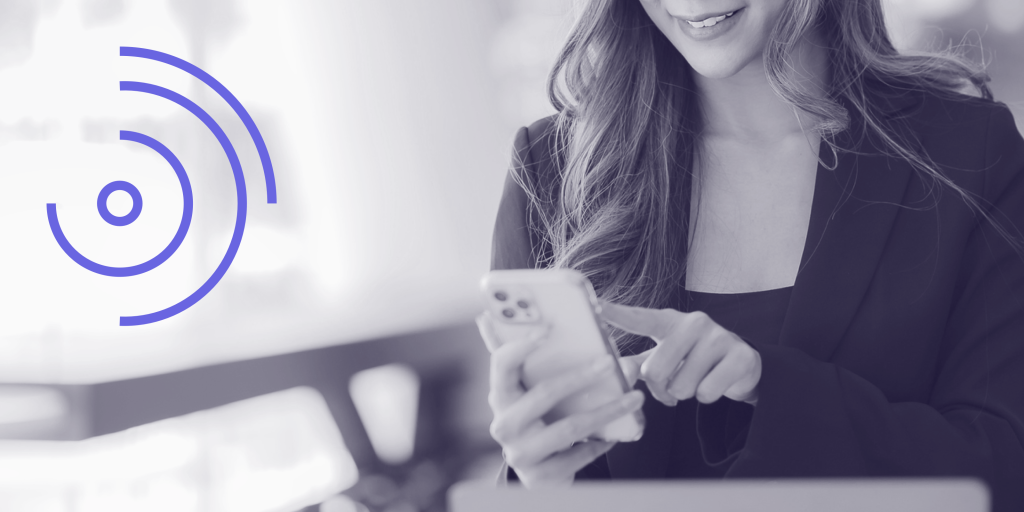In the early days of banking applications, interconnectivity between different banking apps – as well as banking and non-banking apps – was poor. Digital seemed the least efficient and least safe way to conduct both payments and transfers.
In 2018, Payment Services Directive Two (PSD2) came into effect throughout Europe, bringing in a new, more regulated and productive era for open banking technology. In recent years, consumers have come to expect the ability to make payments and transactions through bank accounts, access their private banking data and sign up for new products & services seamlessly – all without leaving a third-party platform. In the simplest terms, this is what open banking allows users to do.
Since this shift, open banking technology has become a prominent theme within the fintech and B2B worlds, with a host of new terms and acronyms becoming commonplace in related discussions. Namely, terms like Banking-as-a-Service (BaaS), embedded finance and Application Programming Interface (APIs).
56% of European retailers plan to launch new embedded finance offerings.
In the UK, open banking is guided by the Open Banking Standard (OBS) — a framework published by the Open Banking Implementation Entity (OBIE, trading as Open Banking Limited).
Getting to grips with these terms is essential to understanding the transformation currently going on within the financial services industry (FS), as well as to predicting how the trend will impact businesses and innovation in the future.
To that end, here are some brief introductions to the core concepts powering the open banking revolution.
Understanding open banking

Perhaps the most important element of open banking is the Application Programming Interface (API) – these are the versatile, customisable pathways that allow third-party applications – financial or non-financial – to connect seamlessly with banks.
Ultimately, due to matters of regulation of compliance, all financial institutions products and services must in some way connect back to a licensed bank, and APIs are the tool that makes this possible.
If open banking APIs are the bridges between banks and third-party platforms, then Banking-as-a-Service (BaaS) providers are the bridgebuilders. Open banking-enabled services require an expert external partner to provide an API-first platform that can handle technical and regulatory complexities.
BaaS providers provide pre-packaged, plug-and-play solutions that (through the use of proprietary APIs) automatically and seamlessly connect any existing business with banking capabilities.
BaaS providers are fuelling embedded finance (EF) and embedded banking innovation. Open banking APIs are used for sharing financial data in the open banking ecosystem. Without open banking APIs, BaaS providers and an open banking initiative, embedded finance would not be possible.
These are the foundational elements of the open banking revolution – but what does this trend mean for businesses and consumers? How will these technical innovations translate into meaningful benefits?
Change we can see
Recently, we launched a new partnership with expense management innovator, Tricount, alongside Aion Bank and Mastercard, to deliver one-click, in-app bank account transfers to make expense management easier for Tricount users.
While this service is powered by the BaaS capabilities of the VODENO Cloud Platform and enabled by the ECB licence and compliance expertise of Aion Bank, it is open banking that has made this new service possible.
When splitting bills and settling expenses through the Tricount app, having to exit their ecosystem to use a banking app or third-party provider to transfer funds represented the final layer of friction in their expense management experience.
The new one-click capability that we helped to deliver makes it possible to send money within the Tricount app by connecting to the user’s banking app through an API and authorising transfers on the spot – without the need to switch apps or exchange IBANs.
The benefits of more streamlined, better connected open banking for consumers are clear – greater financial transparency, better and more interconnected FS and greater collaboration between banks and fintechs will all positively impact the end-user experience.
BaaS for all
As embedded finance grows in popularity, particular among unregulated, non-financial businesses like retail banking services, BaaS providers like Vodeno have become essential in delivering best-in-class, open banking-enabled embedded financial institutions products into their ecosystems to transform financial services.
Building Vodeno into a top European BaaS Player.
Unfortunately, not all BaaS third party providers are created equal, and only businesses that select the right technology partner within the banking and finance industry will be able to harness the full potential of open banking by offering best-in-class embedded financial products within the banking industry. It is important to ensure that all account information is shared safely.
Contact Vodeno if you are ready to move away from traditional financial services.



